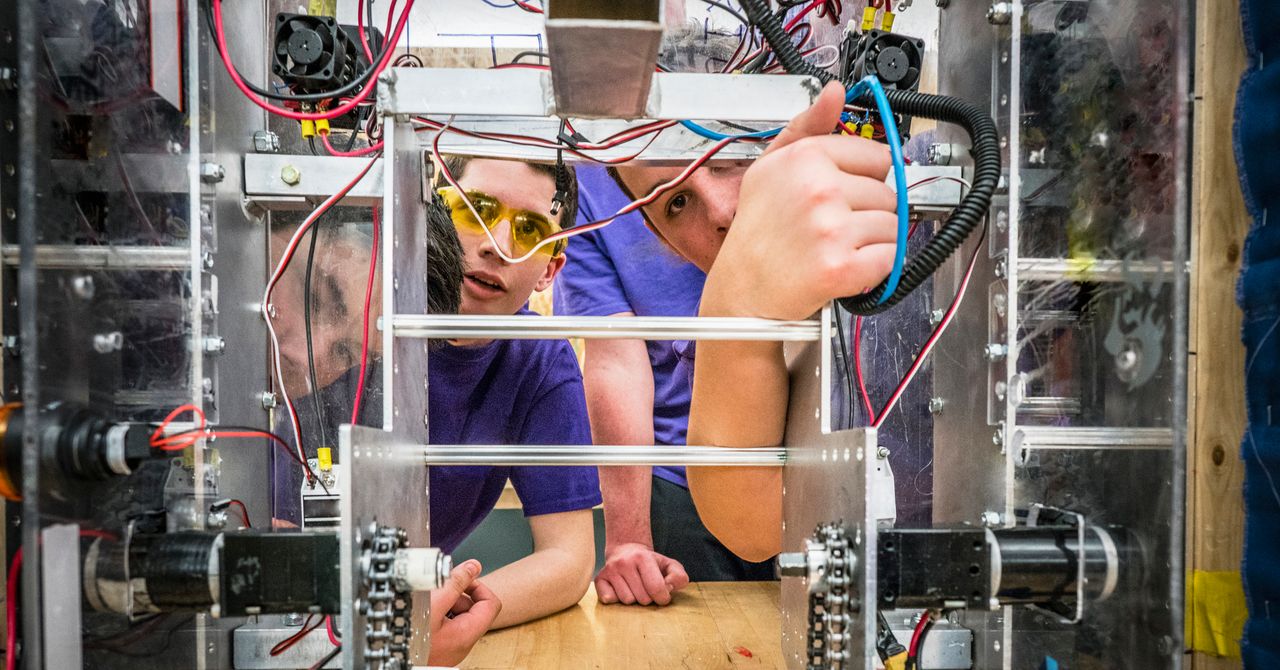AI Drives Shift from Coding to Data Literacy in High Schools

Key Points
- High schools keep computer‑science mandatory but add stronger emphasis on statistics and data analysis.
- Applied math projects use real‑world data, such as city crime statistics, to teach policy‑making skills.
- Ethnomathematics links mathematical concepts to cultural identity, making math more relevant.
- Student interest in data‑focused courses rises alongside continued demand for coding knowledge.
- Teachers see AI as a tool for personalized learning, helping identify individual student needs.
- Researchers are testing AI classroom assistants that support scientific inquiry and collaboration.
- The shift aims to prepare students to work alongside AI, focusing on interpretation rather than replacement.
High school educators are adapting curricula as artificial intelligence reshapes the tech job market. While computer‑science classes remain required, schools are emphasizing statistics, data analysis, and real‑world applications to prepare students for roles that complement AI rather than compete with it. Teachers report growing interest in applied math projects, interdisciplinary courses, and AI‑assisted learning tools. This transition reflects broader industry signals that value data literacy alongside coding, prompting a re‑balancing of STEM education toward interpreting and collaborating with machine intelligence.
AI’s Influence on High School STEM Priorities
Educators across the United States are witnessing a notable shift in the way students approach STEM subjects. The rise of artificial intelligence has prompted schools to maintain mandatory computer‑science instruction while expanding focus on statistics, data literacy, and applied mathematics. This change aims to equip learners with skills that complement AI capabilities rather than attempt to replicate them.
Balancing Coding with Data Analysis
High‑school administrators emphasize that coding remains essential for understanding the technology behind AI, but they also recognize that future workplaces will increasingly demand the ability to interpret data and draw insights. Consequently, curricula now pair traditional computer‑science courses with classes that task students with analyzing real‑world datasets, such as municipal crime statistics, to propose policy recommendations.
Curricular Innovations and Real‑World Projects
Schools are introducing interdisciplinary electives that blend mathematics with cultural and societal contexts. Programs like Applied Mathematics allow learners to work directly with public data, while Ethnomathematics connects mathematical concepts to cultural identity. These offerings seek to make math feel relevant and grounded in everyday life.
Teacher Perspectives on the Transition
Educators report that students who identify as “STEM people” are gravitating toward fields they perceive as valuable to employers. The evolving demand for data‑savvy talent is reflected in rising enrollment for advanced placement statistics exams, even as computer‑science exam numbers remain strong. Teachers acknowledge that industry signals can shape educational priorities, prompting schools to adjust course offerings accordingly.
AI as an Educational Ally
Beyond influencing curriculum, AI tools are being explored as aids for personalized instruction. Some teachers envision algorithms that identify individual learning gaps and suggest tailored projects, thereby enhancing student engagement. Researchers are testing AI‑driven classroom assistants that model scientific inquiry and support collaborative learning, underscoring a broader move toward integrating AI as a partner rather than a replacement.
Preparing Students for an AI‑Augmented Future
The overarching goal of these changes is to develop a generation that can harness AI’s precision while remaining aware of its limitations. By teaching students to interpret algorithmic outputs, assess data quality, and apply critical thinking, schools aim to produce graduates who can collaborate effectively with machine intelligence and navigate a landscape where coding is one of many valuable skills.